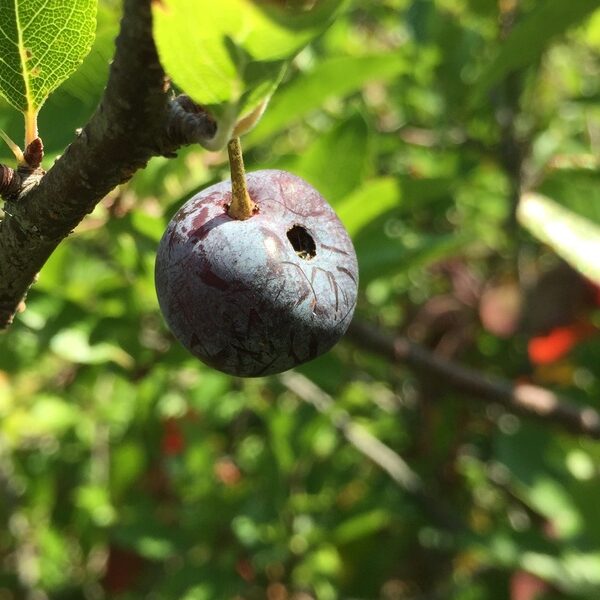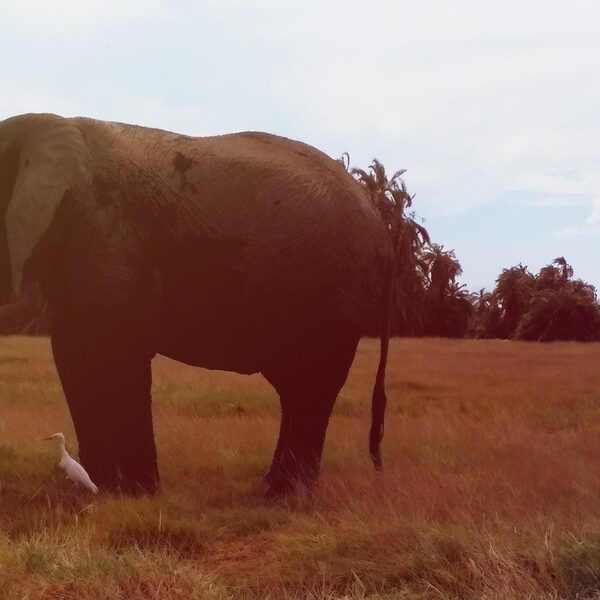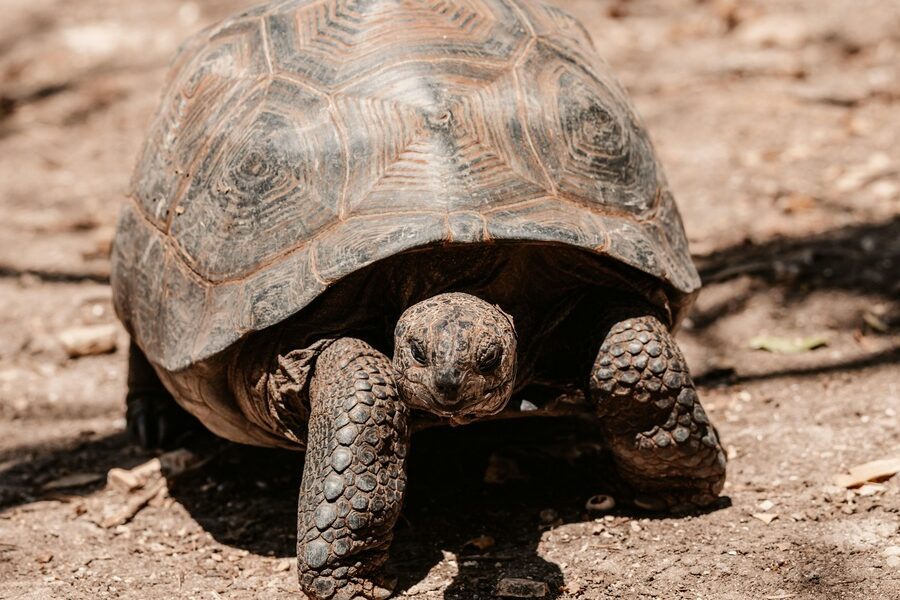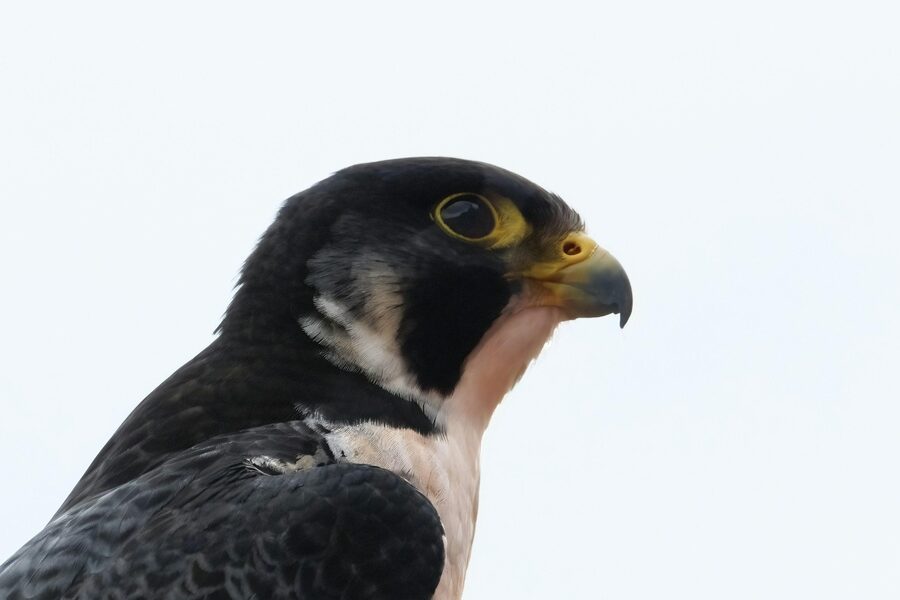The history of colors in nature spans deep evolutionary time and touches nearly every branch of life. Colors arise through pigments, structural effects that scatter or refract light, and biochemical light production, giving a huge diversity from insect iridescence to vivid flowers and autumn leaves. These hues play practical roles: attracting pollinators, signaling mates or danger, providing camouflage, and even driving human culture through dyes and art. Observing natural color reveals both simple chemical processes and intricate physical structures that scientists and designers study for applications from sustainable dyes to optical technologies.
Context
Scientific study of natural color covers pigments such as chlorophyll, carotenoids and anthocyanins, plus structural coloration created by microscopic surfaces that manipulate light. Charles Darwin discussed coloration in relation to sexual selection, and modern researchers connect color to ecology, behavior and physiology. Some animals, like cephalopods, change color rapidly using chromatophores; others, such as certain butterflies and birds, produce iridescent blues through multilayer nanostructures. Bioluminescence—light produced by chemical reactions—is widespread in marine organisms and insects like fireflies. Today, biomimicry draws on these mechanisms for new color technologies, while ecology and climate influence seasonal displays such as fall foliage.
Scope and coverage
This collection encompasses the many ways color appears and functions across nature, including plant pigments and seasonal leaf changes, animal coloration for signaling and camouflage, structural colors in insects and birds, bioluminescent organisms, and mineral or geological color phenomena. It presents examples from freshwater, terrestrial and marine environments and touches on both the underlying chemistry and the physical optics that produce vivid effects. Coverage highlights general categories and notable examples so readers gain a broad, accessible view of how and why color matters in the natural world.
Little-known facts about colors in nature:
- Human-visible light spans roughly 400 to 700 nanometers, the wavelengths that produce the colors we see.
- Some mantis shrimp species have up to 16 types of photoreceptor cells, giving them a far richer color perception than humans.
- Bright blue on Morpho butterflies and many birds is structural, created by microscopic scale layers that reflect specific wavelengths rather than blue pigment.
- Flamingos get their pink color from dietary carotenoids found in algae and crustaceans, which are metabolized and deposited in feathers.
- Bioluminescence appears across many lineages—marine plankton, deep-sea fish and fireflies—using chemistries like luciferin-luciferase to produce light.
- Autumn leaf colors arise when chlorophyll breaks down, revealing carotenoids and, in some species, triggering production of anthocyanins influenced by light and temperature.





